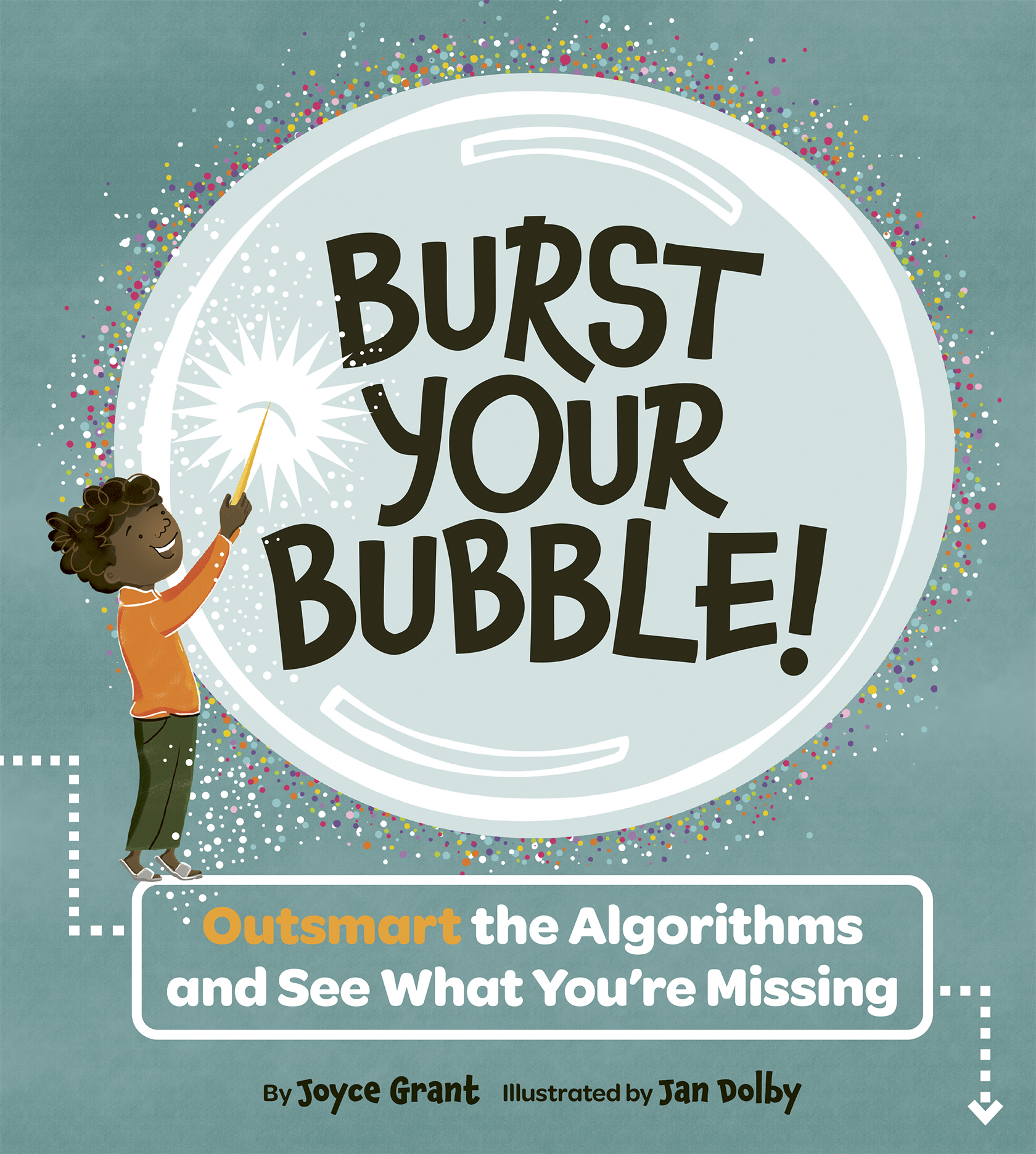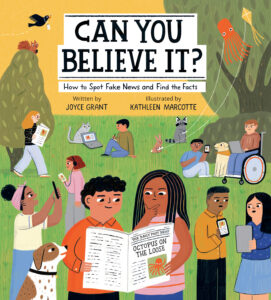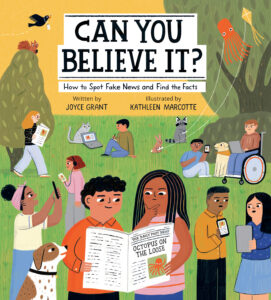
The New Democratic Party (NDP) is going to elect a new leader.
The NDP is Canada’s official opposition party.
The leader of the NDP was Jack Layton. He passed away last August from cancer.
It will be hard to fill his shoes, because he was well respected and liked not just by members of his own party, but by Canadians across the country.
There are nine candidates vying to be leader of the NDP.
On Sunday night they held a leadership debate. A debate is when candidates talk about the issues, and say why they think they’d make the best leader.
Sometimes when candidates face each other in a debate, things get quite heated. But not this time. The overall tone of the debate was politeness.
At one point, a candidate said, “I’m in violent agreement with my colleagues here.”
The first hour of the debate was in English and the second hour was in French.
The candidates for NDP leader are: Paul Dewar, Nathan Cullen, Peggy Nash, Romeo Saganash, Thomas Mulcair, Niki Ashton, Robert Chisholm, Brian Topp and Martin Singh.
The party will choose its leader during its convention on March 24, 2012.
CURRICULUM CONNECTIONS
By Kathleen Tilly
Writing/Discussion Prompt
Given the popularity of Jack Layton, how do you anticipate Canadians will respond to the new NDP leader?
Reading Prompt:
Before reading this article, look closely at the title. What do you think this article will be about? What prior knowledge do you have about Jack Layton that could help your understanding of the text?
During reading, think about what reading comprehension strategies you use. For example, did you ask questions, make inferences, make connections or think about the main idea? Where there any other strategies that you used that were helpful?
After you read the article, think of any further questions that you may have. How could you find out the answers to your questions?
Primary and Junior
Identify a variety of reading comprehension strategies and use them appropriately before, during, and after reading to understand texts (OME, Reading: 1.3).
Intermediate
Identify a variety of reading comprehension strategies and use them appropriately before, during, and after reading to understand increasingly complex texts (OME, Reading: 1.3).
Grammar Feature: Idioms
There are two sentences in this article that contain idioms. Idioms are word combinations that can’t be figured out by simply understanding the individual words. The meaning of an idiom has to be learned. For example:
1. “It will be hard to fill his shoes, because he was well respected and liked not just by members of his own party, but by Canadians across the country.” Fill his shoes means to do what someone else has done as well as they did.
2. “Sometimes when candidates face each other in a debate, things get quite heated.” When things get heated, they become intense and filled with anger.
What are the meanings behind the following idioms?
1. Michael had a bee in his bonnet when he was asked to play goalie during soccer.
2. Dancing in the advanced class made Clara feel like a fish out of water.
3. “A little birdie told me that you are moving to a new apartment,” said Alvand to Steve.
4. When she ate sugar, she was as mad as a hatter.
5. My mother told me not to make a mountain out of a mole hill when I told her about my bad day at school.








